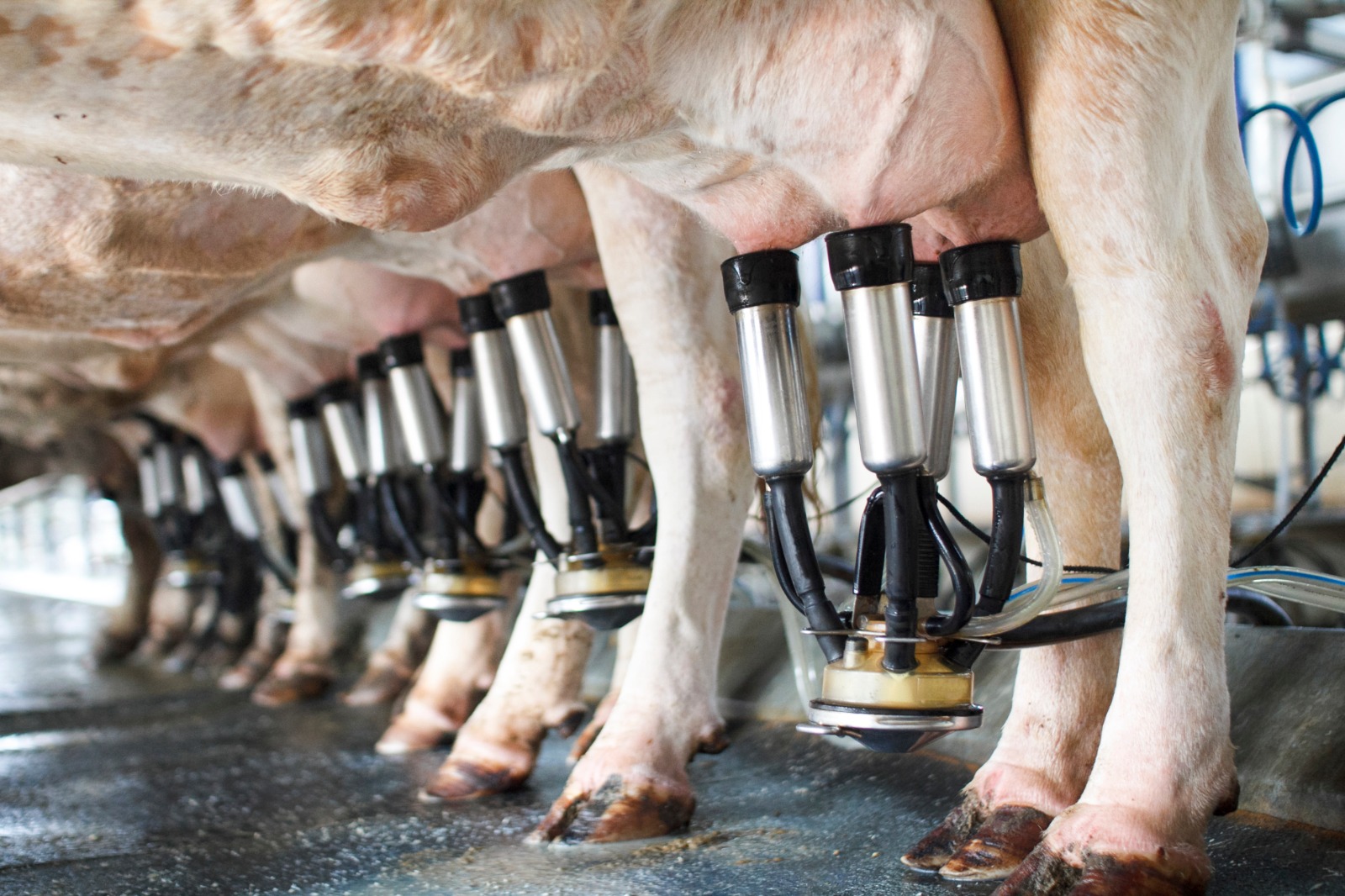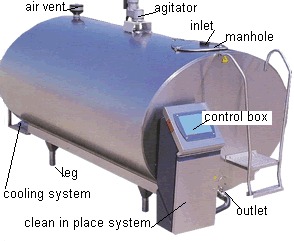Individual milk samples from cows with mastitis or bulk tank samples from herds with high somatic cell counts (SCC) can be cultured to identify the bacteria present in the sample. Identification of the bacteria causing mastitis or elevated SCCs is critical to control the disease as some bacteria may originate from the environment while others originate from other cows in the herd and require different control measures.
The most important element of milk culture and sensitivity testing is the collection of the milk sample on the farm. Contamination of the sample from the environment, from dirty teats or from the sampler’s hands can occur quite easily. Where 3 or more bacterial species are identified in a milk sample from a cow with mastitis, the result is likely to represent sample contamination rather than infection.

